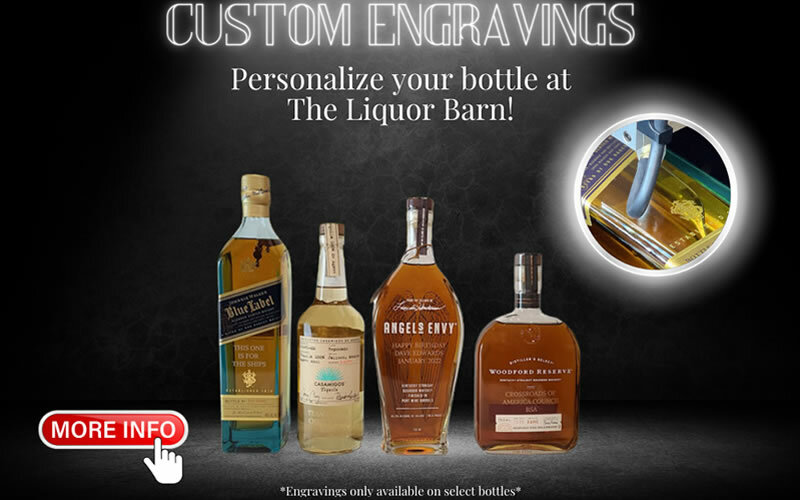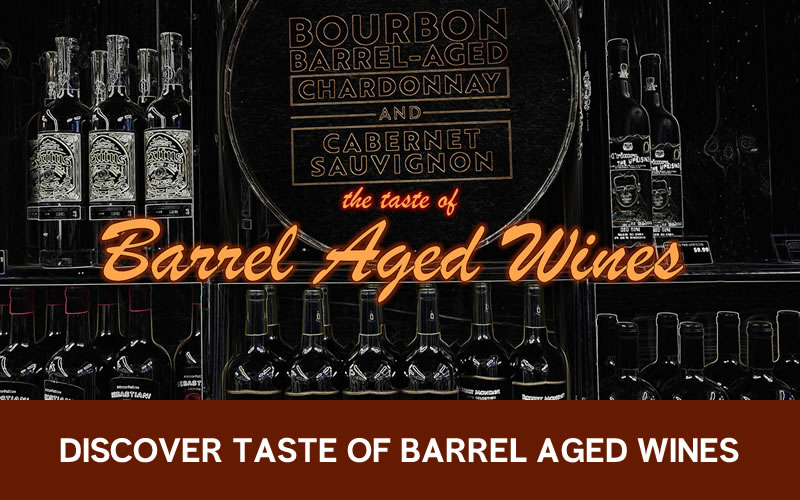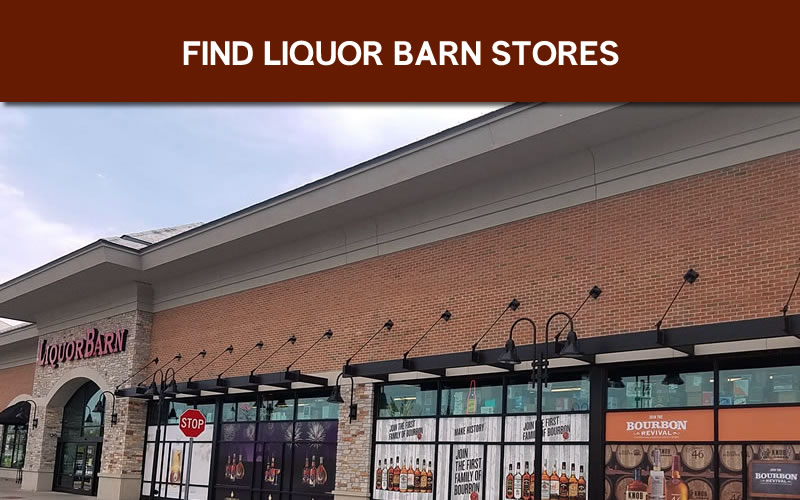10 Facts About Cognac You Didn’t Know
Cognac is one of those special liqueurs that has to come from certain grapes, from a certain place, distilled a certain way, aged in certain casks, and blended a certain way. The Liquor Barn has a wide selection of Cognac to choose from. What exactly makes Cognac, well, Cognac? Here are ten interesting facts about this unique brandy that will help you better understand this old and distinguished spirit.
1. The Cognac flavor wheel has four stages of flavor notes depending on how long it is aged. It’s not that it gets “better” as it ages, just that the profile of Cognac changes (and of course, becomes more rare the longer it sits).
- Vanilla, floral and nutty at 10-15 years of aging
- Chocolate and candy fruit at 20 years
- Tawny port and nutmeg at 30 years
- Tropical fruit at 50 years
2. Cognac is produced in the wine-growing region surrounding the town of Cognac, in the French Departments of Charente and Charente-Maritime, just a bit north of Bordeaux.
3. Cognac must contain at least 90% of a combination of Ugni blanc, Folle blanche, and Colombard grapes if it is to be labeled cru. Lesser Cognacs must still use those following varieties as well as several others to make up the 90% threshold.
4. Once the grapes have been pressed, they ferment for two to three weeks, with wild native yeasts added to the batch to create alcohol. Before distillation begins, a weak white wine with 7-8% ABV is produced.
5. Copper pot stills known as alembic, with specific dimensions according to French law, distill the wine twice. After the second round of distillation, the alcohol percentage should be around 70%.
6. The aging process for Cognac is also heavily regulated. Oak casks from the south-central region of Limousin must hold the eau-de-vie for a minimum of two years, but typically for periods ranging from 10-30 years before being blended. Once enough alcohol has evaporated from the oak casks so that the ABV of the liquid is at around 40%, it is usually transferred from the casks to large glass containers for the blending process.
7. Some Cognac distilleries refrain from blending, similar to single-malt Scotch distilleries which keep each batch of whiskey separate.
8. Other distilleries blend together different vintages of Cognac to create more robust flavor profiles. Master tasters are employed to optimize the taste of different blended Cognacs.
9. The final Cognac product is graded on four scales:
- V.S.: Very Special, where the youngest vintage in a blend of Cognac has been stored for at least 2 years in a cask. In other words, it’s the newest and least complex in terms of flavor.
- V.S.O.P.: Very Superior Old Pale, designates a minimum of four years of cask aging for the youngest part of the Cognac blend.
- X.O.: Extra Old, refers to brandy with a minimum six year aging profile in the blend.
- Hors d’age: Beyond Age, is the highest criteria for Cognac and is applies to any brandy which surpasses the XO standard of aging.
10. More than 90% of Cognac sold in the USA comes from just four producers: Courvoisier, Hennessy, Martell, and Remy Martin. You can find these Cognacs and many more at Liquor Barn!




